My Review: The Khmer Apsara Dance Show in Siem Reap
Want to experience a Siem Reap Apsara Dance Show? Read my review of the show and find out how to book tickets.

During my last visit to Cambodia, I decided to see a traditional apsara dance. Before this trip, I didn’t even know the dance existed.
Like most travelers, I came to Siem Reap for Angkor Wat, but I found out this city has quite a few alternative, fun activities. The Apsara dance show is one of them.
If you’re interested in culture, a Siem Reap Apsara Dance is the perfect way to experience and get a glimpse of Cambodian culture. Only in Bali and Thailand have I seen similar dance performances.
Here’s the lowdown on the origin of the Khmer apsara dance and the best spot to watch this type of dancing in Siem Reap.
Read next: 11 things to do in Siem Reap
This post contains referral links for products I love. Adventurous Miriam earns a small commission at no extra cost to you if you purchase through my links. I appreciate your support ♡ Learn more
How to join the Apsara Dance Show in Siem Reap
You can find apsara performances in several hotels in Siem Reap, and most places have a dinner-and-show setup.
We got a discount through our hotel so instead of paying $38, we paid $25 including transport. You can also pre-book through Viator.
Book here – Apsara Dance – Incl. Buffet Dinner & Hotel Pickup (⭐ 4.5/5)
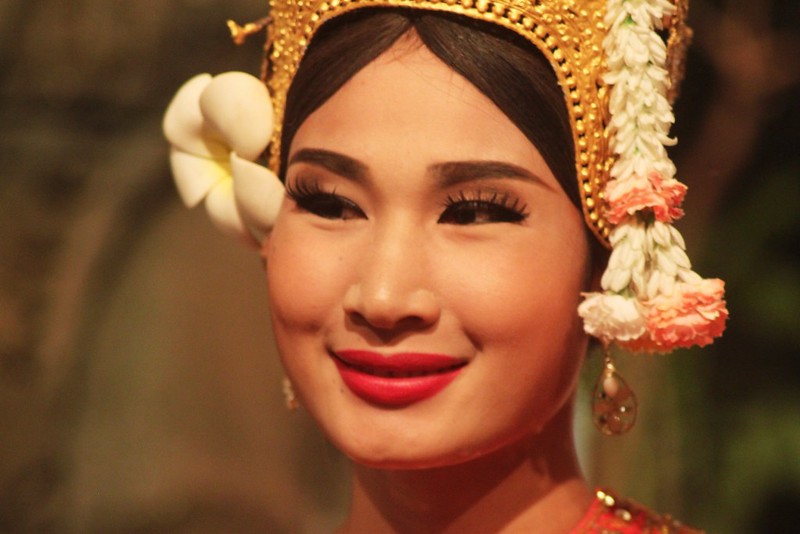
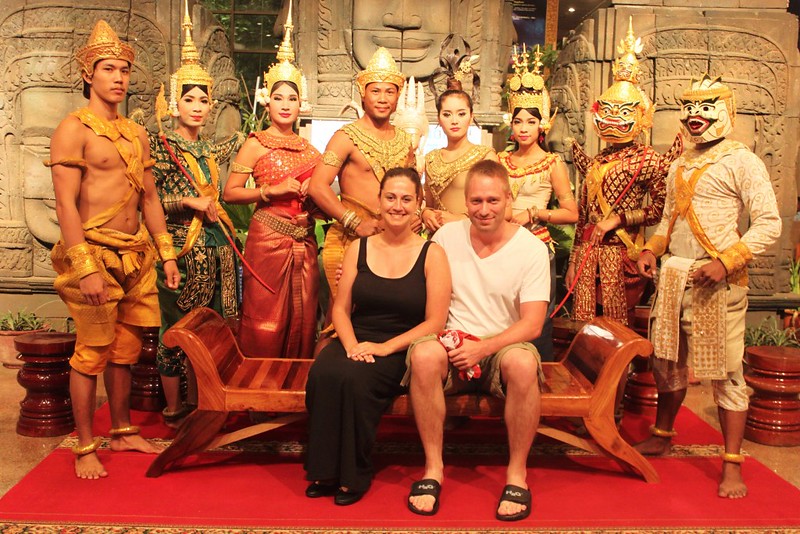
What is apsara?
Traditionally, apsara means beautiful girls and they are said to be supernatural female beings.
Legend says the beautiful girls were born from the Churning of the Ocean of Milk, a story depicted on the walls of Angkor Wat.
In modern times, the Khmer apsara dance is performed by both men and women.
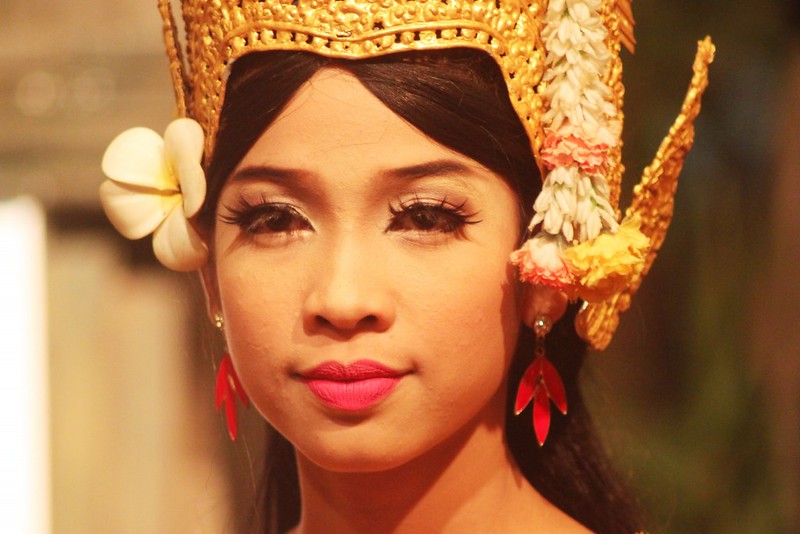
How did the Apsara Dance originate?
A dark shadow loomed over Cambodia from 1975-79.
The Khmer Rouge had taken over the country and their leaders sought to destroy all forms of culture and art.
Dancing was prohibited, religion was banned and every school was closed, yet the spirit of preserving their own identity was preserved amongst the Cambodians.
Many performers were killed, but a small band of dancers managed to survive and is now making a comeback.
They are apsara.
Apsara dancing is at the heart of classical Khmer dance and it goes back to the time of Suryavarman II (1113-1145), a Khmer king and the builder of Angkor Wat.
The art was performed only for the royal ancestors, but it was spread throughout Cambodia and Thailand after the Khmer Rouge regime.
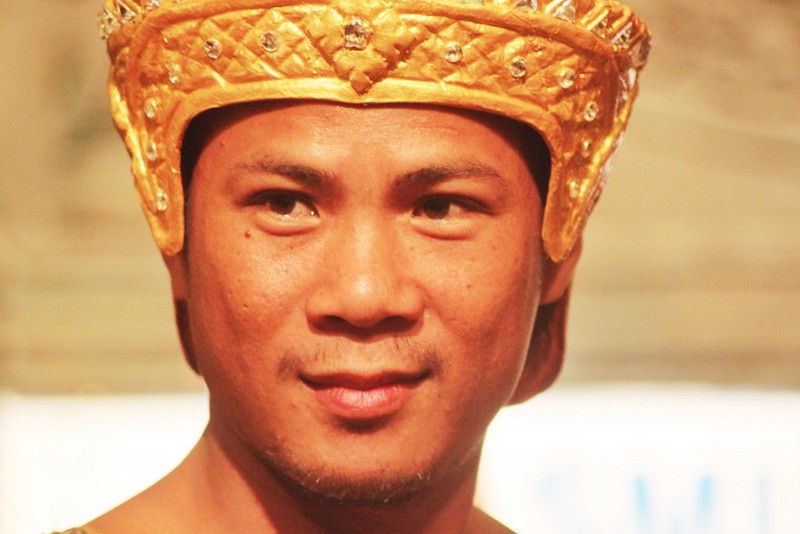
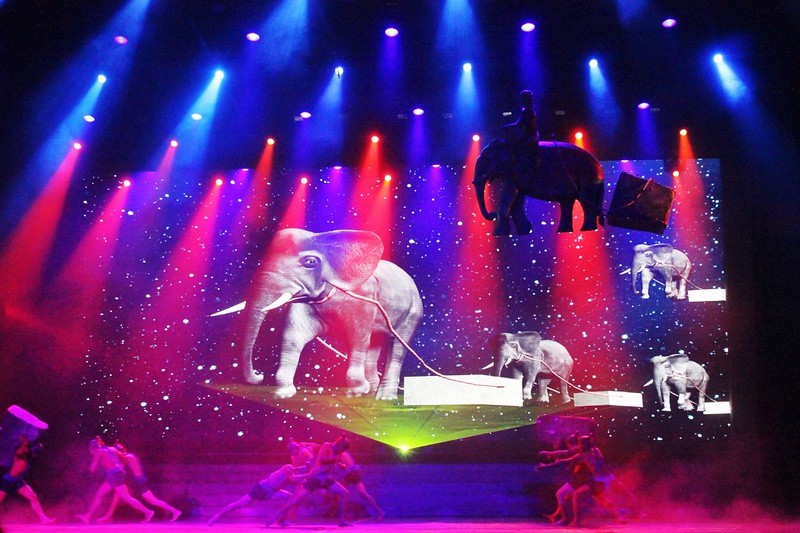
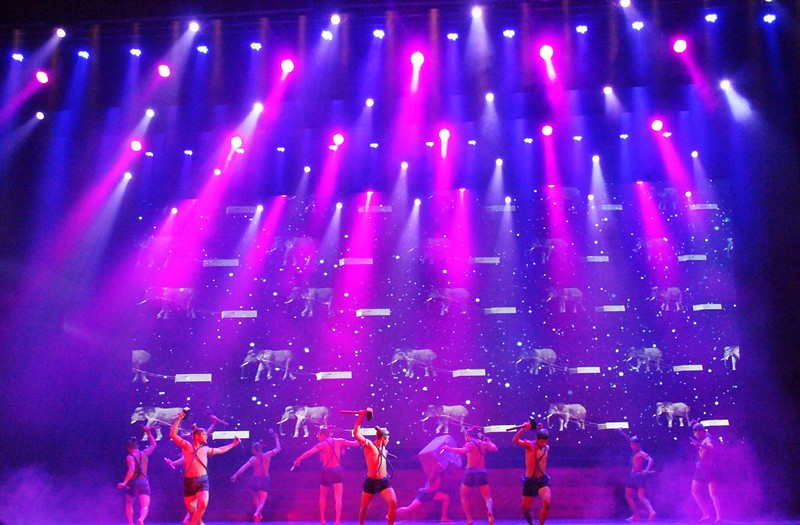
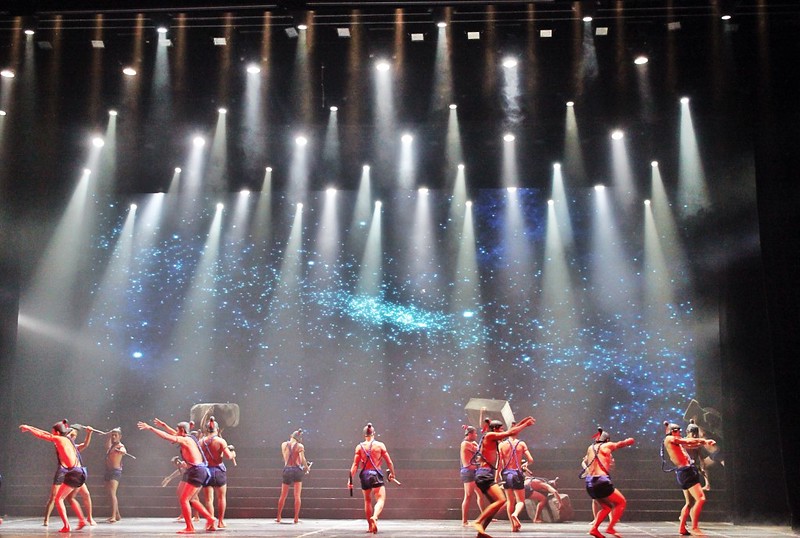

How is the show performed?
The 70-minute show is divided into six main chapters:
- Dialogue with God
- Glorious Kingdom
- Resurrection of the Gods
- Churning the Sea of Milk
- Prayer for Life
- Smile of Angkor
During these six chapters, you’ll hear tales from the time when the Temples of Angkor were built, as well as explanations of folk customs from the past and present.
The show is a dramatic blend of Cambodia’s original culture with a modern-day laser show and sound system.
Cambodian tunes, traditional Khmer martial arts, Angkor Wat temples, festivals, and the Hindu myth Churning the Sea of Milk… It’s all part of the performance.
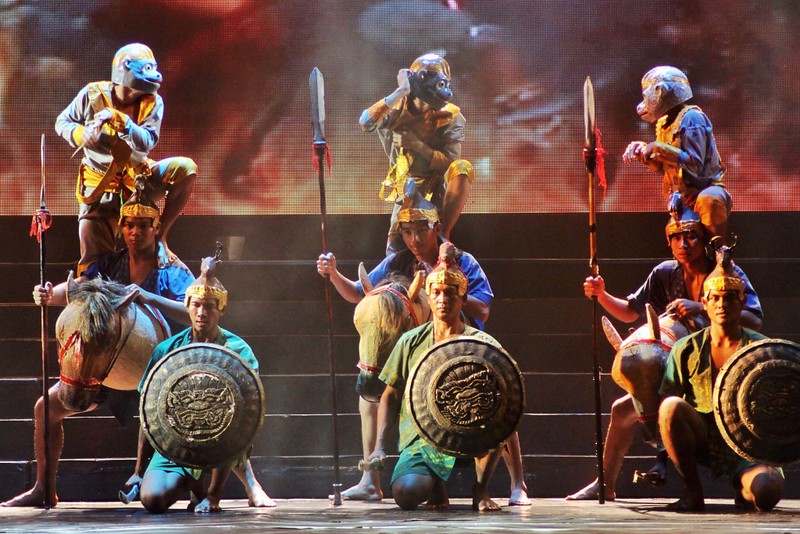
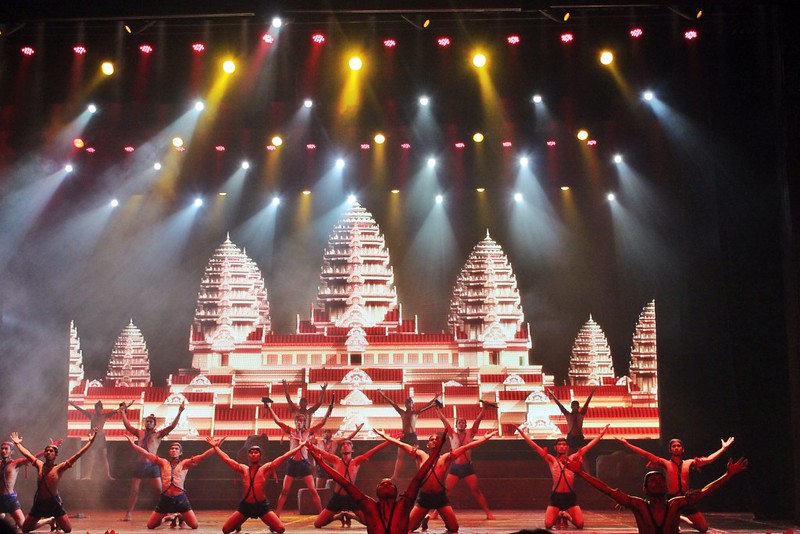
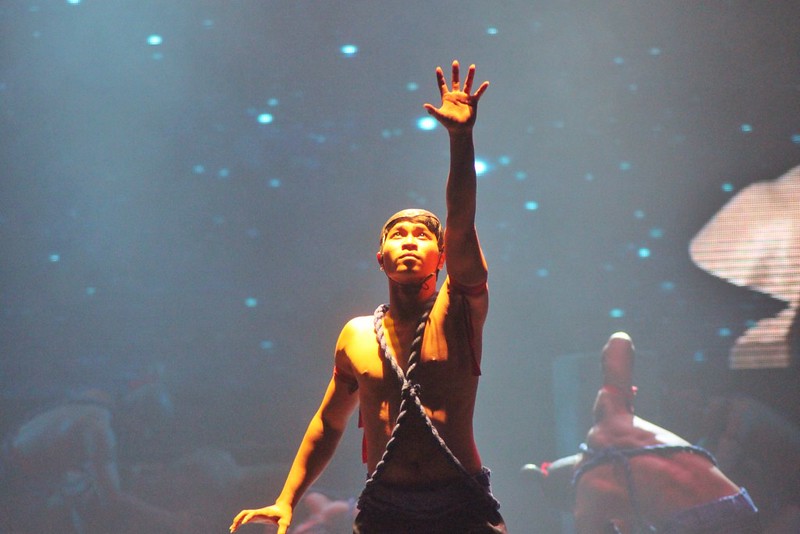
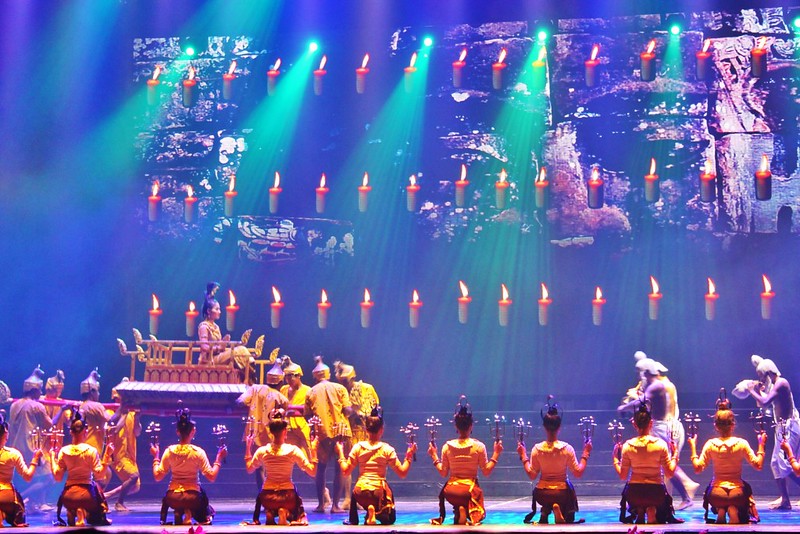

Notice the graceful movements of the Apsara dancers… You’ll also see them depicted on the walls of many of the temples and reliefs at Angkor Wat.
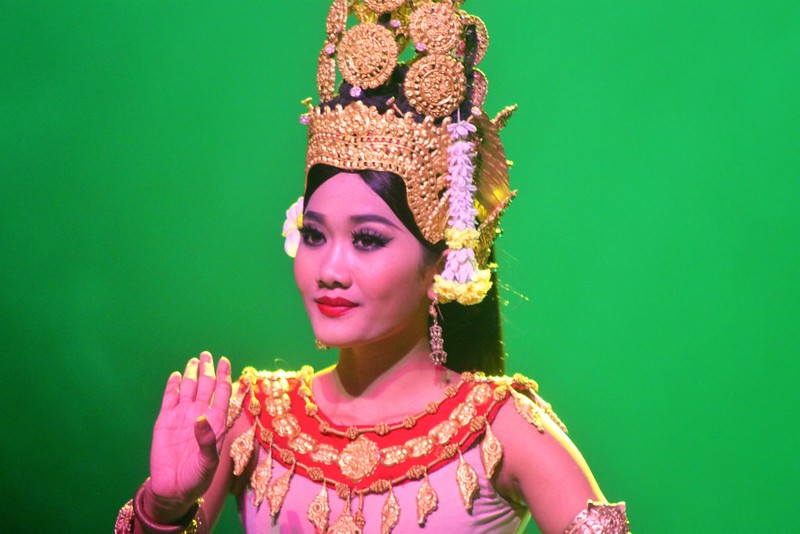
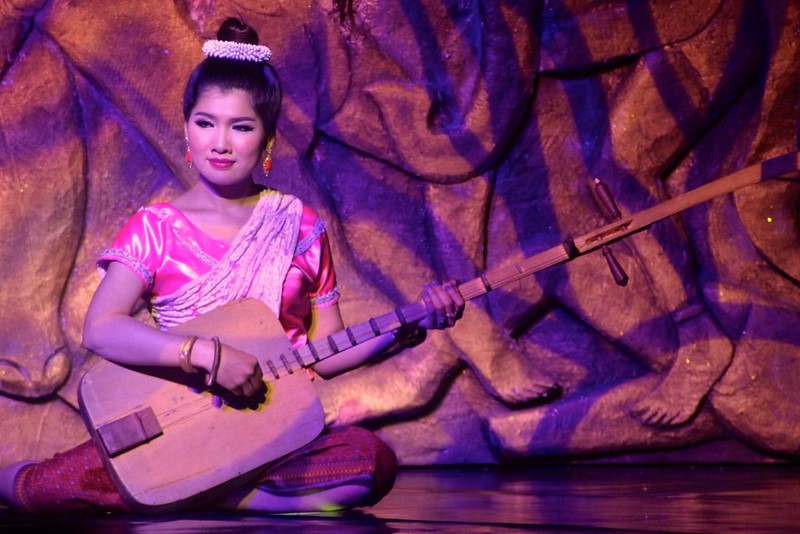
The apsara dance at Smile of Angkor was not only a vivid and great laser show; it was also an important insight into Cambodia’s history.
And a way to help keep it alive.
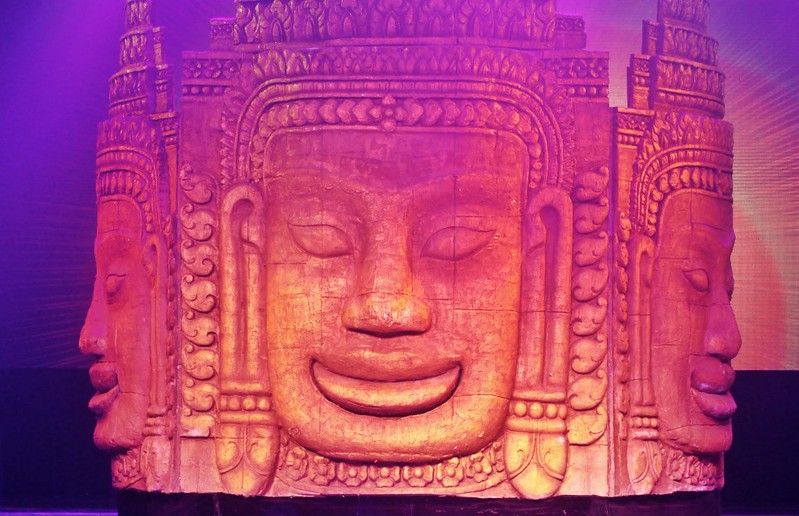
FAQ – Khmer Apsara Dance Show in Siem Reap
What is the meaning of the Apsara dance?
The Apsara dance is really a classic piece of Cambodian culture. It’s inspired by the celestial nymphs of Hindu and Buddhist stories.
The dance is all about grace and beauty, with very detailed hand movements and smooth, flowing steps. It’s not just a dance, but a way to tell stories and keep ancient myths alive.
Why is the Apsara dance so popular?
The Apsara dance is popular because it’s a stunning mix of art, history, and spirituality. It showcases Cambodia’s rich cultural heritage, with each move telling a piece of ancient folklore.
Plus, it’s visually captivating – the costumes, the precision of the dancers, it all adds up to a really enchanting experience.
Who performs the Apsara dance?
The Apsara dance is typically performed by female and male dancers. They’re trained for years to master the intricate movements and expressions that the dance demands.
It’s all about grace and storytelling through dance, so these performers are really skilled in bringing that ancient art to life.
What does Apsara mean in Khmer?
In Khmer, Apsara means ‘water nymph’ or ‘celestial spirit’.
These Apsaras are seen as ethereal beings, known for their stunning beauty and enchanting dance, which is depicted in the Apsara dance.
Don’t miss these posts
- Siem Reap War Museum – All you need to know
- 12 fun things to do in Siem Reap
- Hotel review: Angkor Palace Resort Spa, Siem Reap
- The ultimate guide to Angkor Wat
- How to visit Angkor Wat in 2 days
- 14 amazing reasons to visit Cambodia
Save it!
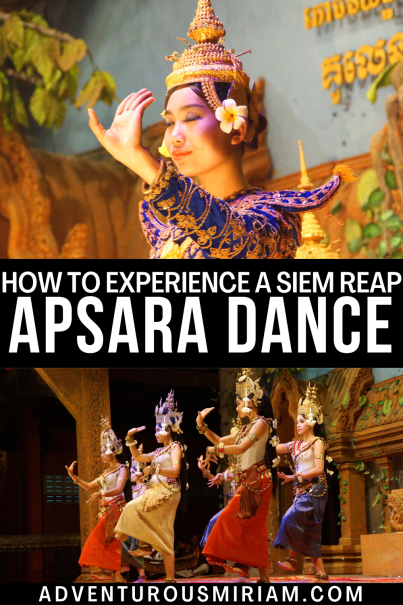

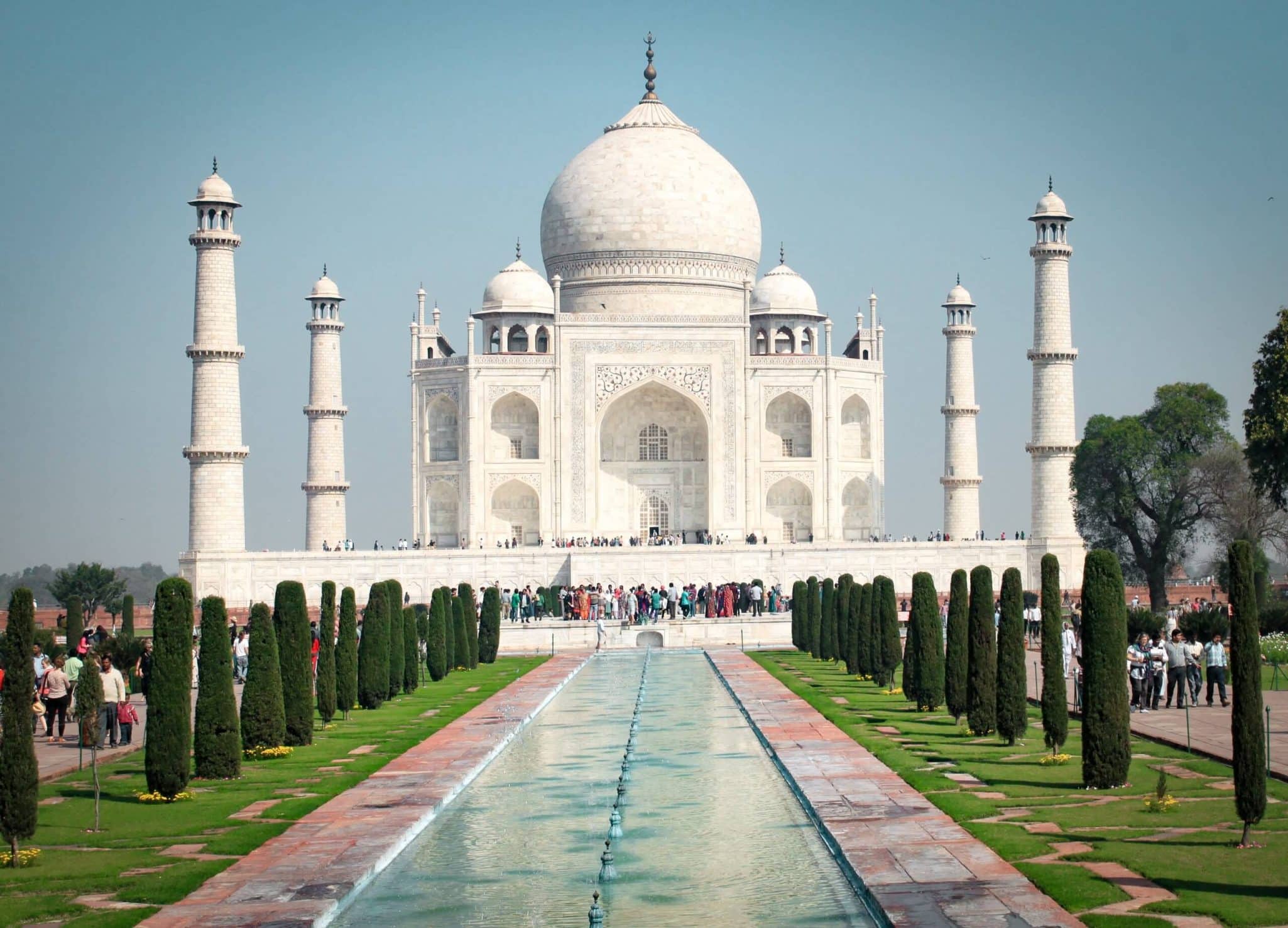
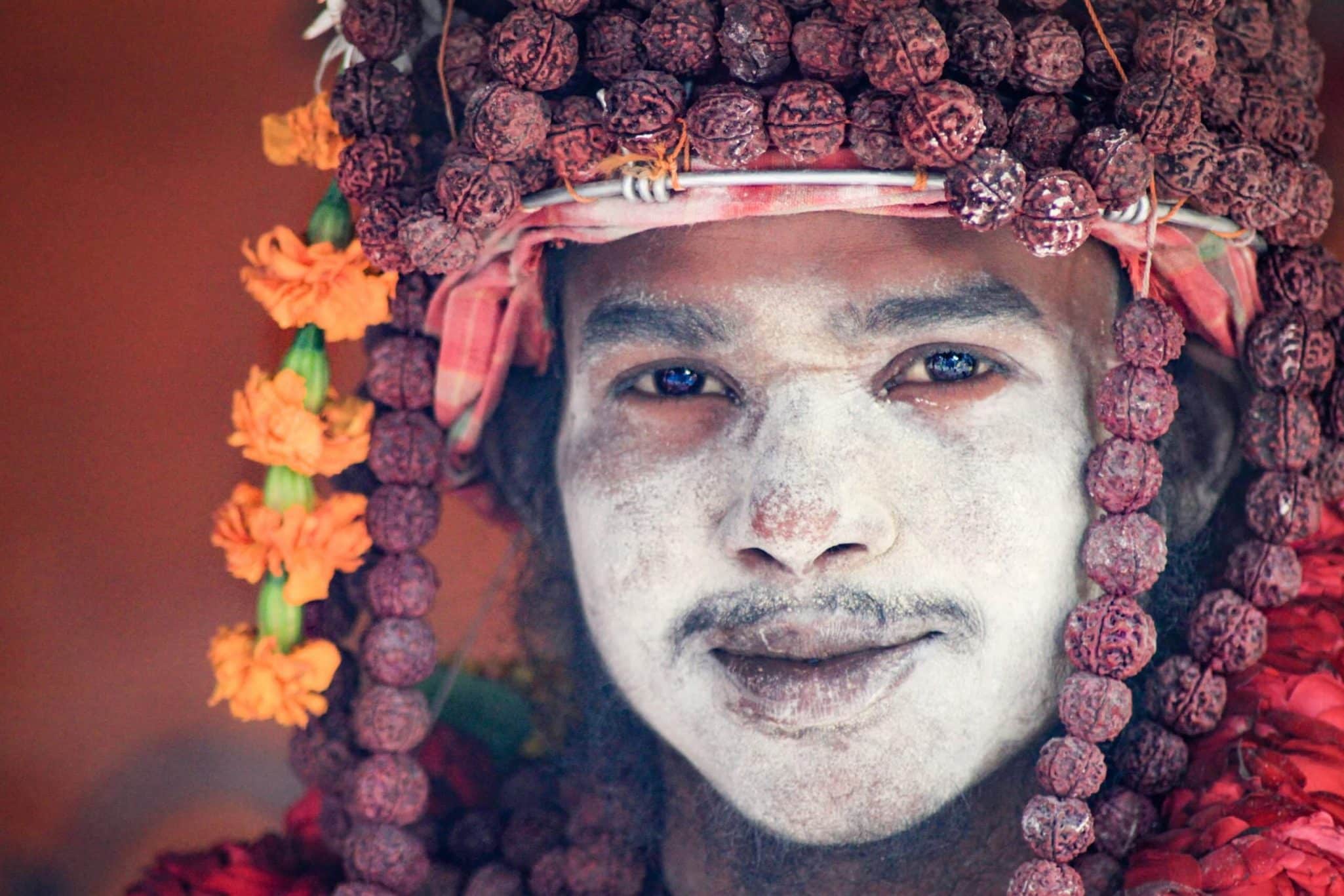




Looks like a spectacular show, well worth the ticket price. I totally missed out on this when I visited Cambodia, next time perhaps 🙂
Definitely, yes. The price is not aimed at backpackers, but I definitely think it was worth the splurge. I hope you get to see it next time you’re in town 🙂
Such a fascinating post, I haven’t been to Cambodia but I’m going to Bali so will make sure to see a dance there
Aw, Bali is so lovely! You should see a kecak dance, Suze. Either in Ubud or Uluwatu – it’s a special experience.
We loved Cambodia, but totally missed this as well!! Another good reason to have to go back one day 🙂
If you do, you should definitely check it out! There are so many things I want to see when I return – especially the coast and Koh Rong.
I’m a bit of a theatre / movie buff, so heck yes to going. If I’m over that way anytime soon, I’ll be sure to check it out. 🙂
Haha, I hope you do, Anna! Try to book through your hotel / hostel – they often offer a discount.
Discovered already during 20 years Thailand…
Staying in touch also with Cambodia because of my interest for history of Khmer empire long time ago…
Cambodia even today hasn’t finished to surprise us… In every senses…
So true. Cambodia is a very interesting country.
Thanks for Interesting Cambodiia.
You’re welcome. Thanks for reading!
Thanks all for being interested in this culture that was once almost extinguished.
I am from Cambodia but didn’t know about this show, thank you Miriam for this nice, informative post, definitely will go see the show.
Thank you so much for your nice comment, Sophana! I’m really glad you liked my post.
Hi! I loved your article ! Where did you find out about the history facts of the dance? I have a fascination with dance and would like to research more about Apsara.
Thank you!
Thanks, Dominique! It’s been a few years since I wrote this article so I don’t remember the fact source. Sorry.
Ah i totally missed this when I went for 3 months!! I’m going back in about a month for a couple of weeks so I sure as hell hope to see it then!
Great photos by the way!
Thanks, Angelica! You can find Apsara dance several places, but the show at Smile at Angkor is said to be the best.
Hi! Where exactly is the venue of the Aspara dance show you watched? What hotel?
Hi Jocelyn,
You can find it at the Smile Angkor Grand Theater.